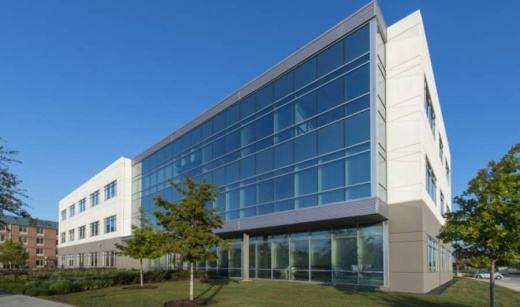So far, around 400,000 people in the Greater Houston area have filed of unemployment in March and April, compared to 27,000 people over the same timeframe in 2019.
The office market was already seeing rising vacancy rates and availability numbers prior to the COVID-19 pandemic, said Joe Bright, a senior associate with the office tenant representation division of the commercial real estate services firm NAI Partners.
"We were already soft," Bright said. "We expect, for at least the rest of this year, those vacancy and availability numbers to continue to go up. It’s difficult to peg where the market will really end up because it’s hard to say just how low landlords will get to get deals done."
The office market in Houston's Energy Corridor is expected to be among the hardest hit, with the Galleria and Downtown Houston also being watched closely, Bright said. Suburban markets—like Cypress, The Woodlands and Sugar Land—could fare better, he said.
"[Those markets] have done a good job at controlling their supply," he said. "They might have a little better of a chance at controlling that vacancy number because their supply won’t get as out of whack."
An analysis by Caldwell Companies of data from the real estate information company CoStar showed the vacancy rate in the Cy-Fair area to be at 19% as of April 3. Two office buildings are under construction in the Cy-Fair area as of April 3, totaling 85,000 square feet.
In NAI's office market report for the first quarter of 2020 in Houston, vacancy rates in the FM 1960/Hwy. 249 submarket climbed slightly to 24%, up from 23.7% at the end of 2019. The vacancy rate in the overall Houston area sat at 21.1% in the first quarter, according to NAI.
One possible upside to the current turmoil is the potential for older Class B office builders to be redeveloped, Bright said, though he cautioned it was too early to say for sure the extent to which that could happen. Buildings that struggle to maintain an occupancy rate between 50%-75% are among those that could be redeveloped, he said.
"Even before all this happened, our vacancy numbers were enough that when you compared them to the overall unemployment ... it didn’t seem like there were enough office workers in our city to meet the supply of office space," he said. "That said, it’s easier said then done to redevelop or repurpose an office building."
When it comes to long-term projections of leasing activity, Bright said he thinks things will break even in terms of the overall square footage companies are leasing. However, he said some companies could start to reevaluate how that square footage is used.
"I think you'll probably see companies move away from being really dense," Bright said. "You’ll see more spacing [and] probably more private offices. I think you’ll see more workers working from home in some capacity. They might be able to get away with having less people in their office but more square footage per person."
Miranda Stewart, general manager of the coworking space The Work Well, said the long-term effects of the coronavirus pandemic could result in more people taking advantage of coworking opportunities.
"From all the reports I’ve seen, this is the largest stay-at-home experience we’ve ever done, globally," she said. "I think it’s going to allow a lot of employers to apply the work-from-home schedule to their employees, especially when you're talking about a company that is located downtown with employees who live in the suburbs. Many of them are going to learn that people don’t need to be under their managers' noses to be productive."
The Work Well, located at Hwy. 6 and Hwy. 290 in Cy-Fair, has remained open to members throughout the coronavirus, but has restricted day passes and walk-in guests, Stewart said. The space has seen declines in coworking and conference room memberships over the course of the pandemic, but Stewart said the company has waived late fees for April and May, and many members are sticking around.
"We're remaining positive about potential opportunities," she said. "When this is all said and done, people are going to want access to that collaborative environment that’s needed for success and growth."





